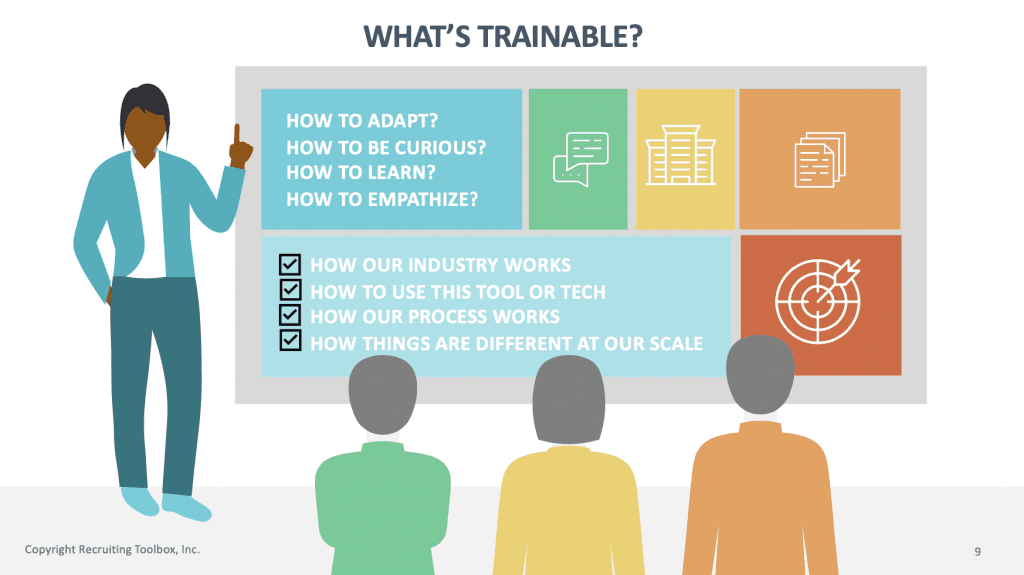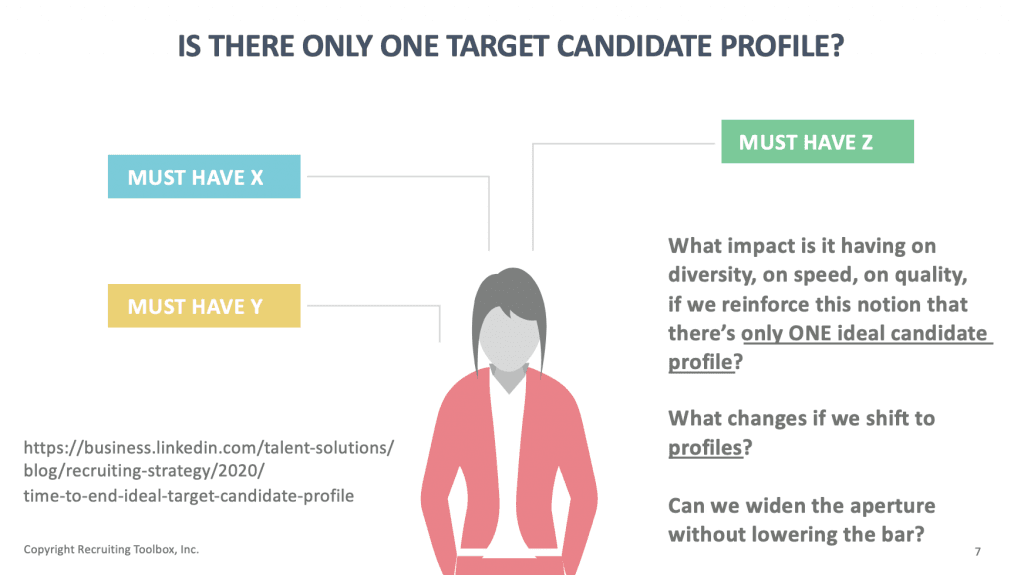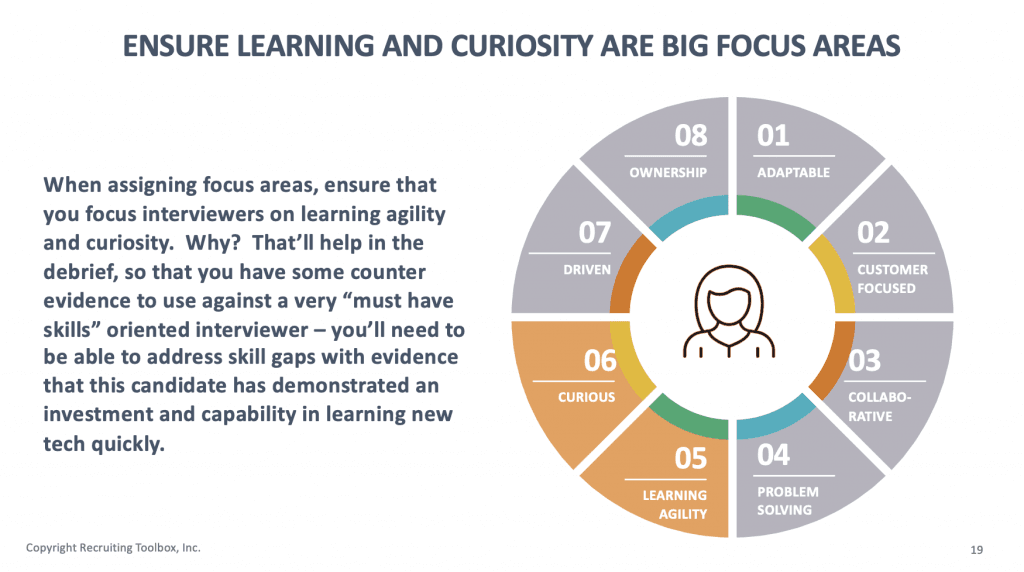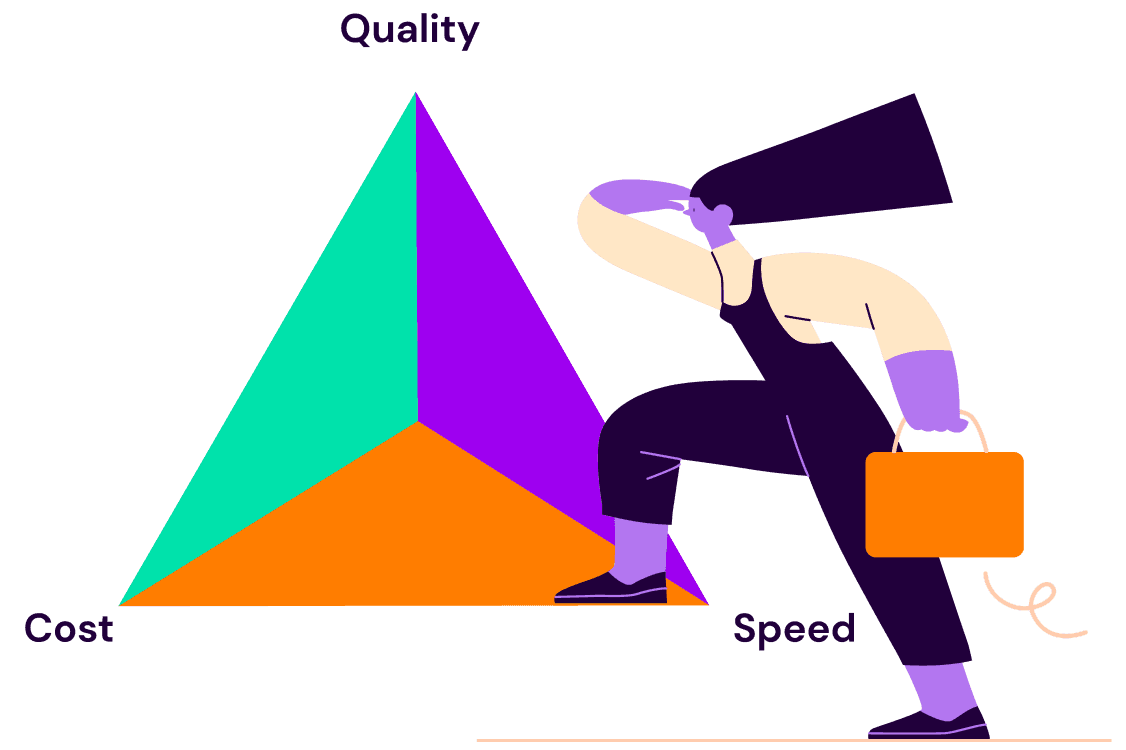
Back to blogs

SeekOut Spotlight Series Recap: Want to Improve Diversity ROI? Start Pre-Funnel
The SeekOut Spotlight Series features conversations with thought leaders in talent acquisition, DEI, and remote work. In episode one, SeekOut CEO and Co-Founder Anoop Gupta was joined by Recruiting Toolbox CEO and Founder John Vlastelica who shared why conversations about diversity should start pre-funnel.
John consults with recruiting teams at leading global companies like Google, Slack, LinkedIn, Lego, Deloitte, Atlassian, Adidas, Uber, Disney, and Amazon. In his experience, many hiring managers believe diversity hiring can be achieved simply by sourcing more candidates from underrepresented groups. In reality, the diversity focus needs to start much earlier.
John presented three concepts, each supported by a wealth of helpful tips, that help companies create a diversity strategy that leads to great talent entering the organization and a positive return on investment.
1. Know the market and set expectations with the hiring manager
Today’s talent acquisition professionals are responsible for being talent advisors to hiring managers. John’s first concept focused on how recruiting teams can set expectations with hiring managers that result in diverse candidate slates.
Combine data and real-world examples
SeekOut’s Talent Analytics provides aggregate data on the diversity, skills, experience, locations, and more of your talent market. Combine those insights with real-world examples you’re hearing in candidate conversations to set expectations with hiring managers. You might learn through Talent Analytics that the local talent market is limited so you need to be open to remote work or relocation. And perhaps candidates are letting you know they want slightly higher compensation than you had in mind or the opportunity to lead certain projects.
Create inclusive job descriptions
Use the information you collect to collaborate with the hiring manager on an inclusive job description. Determine what qualifications need to be required and what can be nice-to-haves so you expand the initial talent pool. Relaxing a few role requirements can significantly reduce time-to-hire.
Determine what role requirements are trainable
When considering the role requirements to relax, determine what can be learned on the job through experience. Most hiring managers can teach a new hire about the industry, how to use a specific tool, and how to work in a larger organization (if they’re coming from a smaller company). It’s the rigid personality qualities like adaptability, curiosity, passion for learning, and empathy that are harder to teach. Go as far as to think about what is trainable on a company-wide level and apply that philosophy to every role you hire for.

“Widen the aperture” when considering candidates
Move away from the mindset that there is only one ideal candidate profile and not multiple types of candidates who could excel in a role. That doesn’t mean reducing role requirements but rather “widening the aperture,” as John says. Look to the left and right of the ideal profile for candidates who have slightly different qualifications (e.g., lesser-known universities, smaller company experience, different job titles, different industries).

2. Talk about diversity before the kickoff meeting
Successful diversity hiring requires a lot of asks from the hiring manager. When you meet them for a kickoff meeting, their focus is going to be on getting the role filled, not overhauling the job description and candidate assessment process. Conversations about diversity should happen earlier so both parties are on the same page when it comes time to source. John offered the following tips for having a diversity strategy defined going into the hiring process for every new role:
Always be recruiting candidates
Encourage hiring managers to connect with professionals and build relationships so there is always talent in the pipeline when new roles open. An always-be-recruiting approach goes a long way in achieving speed, quality, and diversity when hiring.
Create an interview strategy early on
Kickoff meetings often focus on the role requirements and sourcing strategy, leaving little time to cover how interviews should be conducted. However, make sure to discuss how the team can be inclusive and provide a positive experience. Interviews are your best opportunity to showcase that your organization is a great place to work.
Deprioritize speed and focus on diversity
Try to convince your leadership team to slow down on hiring in the short term and refocus on what it takes to successfully attract diverse candidates in the long term. While time-to-hire will initially increase, it will shorten over time once the diversity hiring muscle is built in your organization.
3. Pre-train interviewers and focus on learning agility
As diversity hiring has grown in importance so too has the need to train interview teams on how to be inclusive and properly evaluate candidates. John has seen many instances of 50/50 gender balance at the top of the funnel become 80/20 male-to-female after the interview stage. He offered the following tips for training and aligning interviewers on what matters most when evaluating candidates:
Avoid using terms like “culture fit” and “soft skills“
Instead, identify specific behaviors that will lead to job success and use them to define interview questions to ask. The answers candidates provide will help the team objectively evaluate what they’ll bring to the job beyond their skills and experience.
Make inclusion a focus when hiring leaders
Make a point to hire inclusive leaders so that quality permeates throughout your organization. Managers who prioritize inclusion attract people from underrepresented groups and organically lead to the company becoming more diverse.
Eliminate biases in candidate assessments
In order to eliminate biases, interviewers must first know what is influencing their decision-making. Coach the hiring team to be aware of common biases like the Confirmation Bias (sticking to first impressions made about a candidate), Likeability Bias (preferring a candidate who has likable traits), and Similarity Bias (preferring a candidate who has a similar background).
Decide what you’ll take bets on early on
Come to an agreement before the interview stage on the trade-offs your team is willing to make when selecting an ideal candidate. For example, are you open to hiring an incredibly talented candidate who is a bit of a jerk? Be prepared to make that decision before you face it.
Have a “see something, say something” culture
Empower your team to speak up if they see biases toward candidates so everyone is held accountable for being inclusive. Challenge them to provide evidence to back up their claims so you don’t let unfair assumptions undo the diversity progress that has been made throughout the hiring process.
As you define the specific behaviors to focus on, make sure learning agility and curiosity are included. Focusing on these areas helps identify candidates who can excel, even if they don’t check every box on the role requirements. This can be achieved by asking candidates about their experiences learning a new skill and why they took that challenge on. Remember, the goal is to widen the aperture so encourage interviewers to dig deep and go beyond skills and experience.

Prepare your company for diversity hiring success
Real progress happens when we change the whole system. Don’t wait until it’s time to hire for a new role to start talking about diversity. Have those conversations early on, learn what works, and apply your strategy to every role you hire for.
Visit recruitingtoolbox.com/SeekOut to download John’s presentation and learn more about improving diversity ROI.
See us in action
Learn how SeekOut unifies people data to help organizations reach their talent goals
Request a demo



